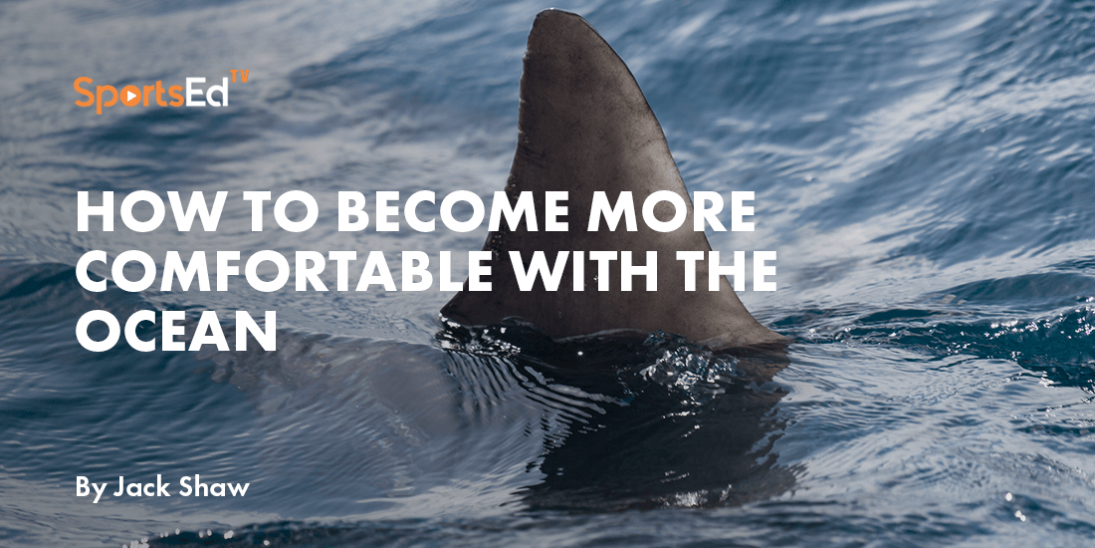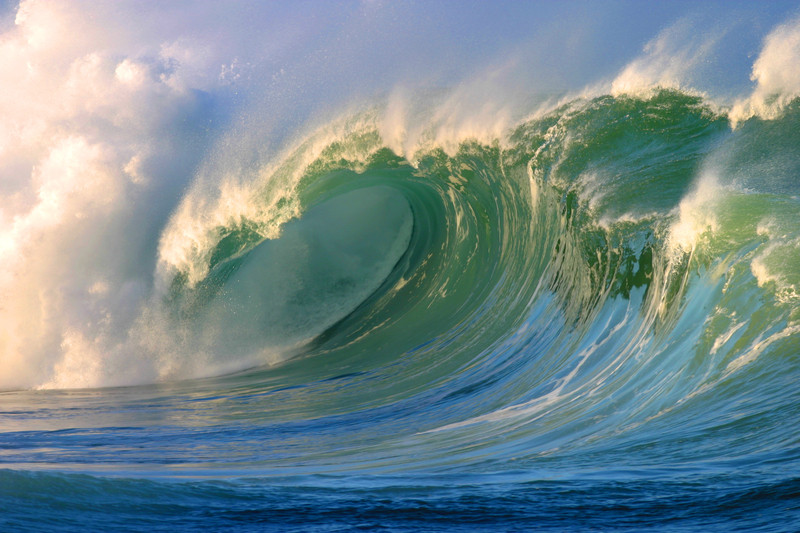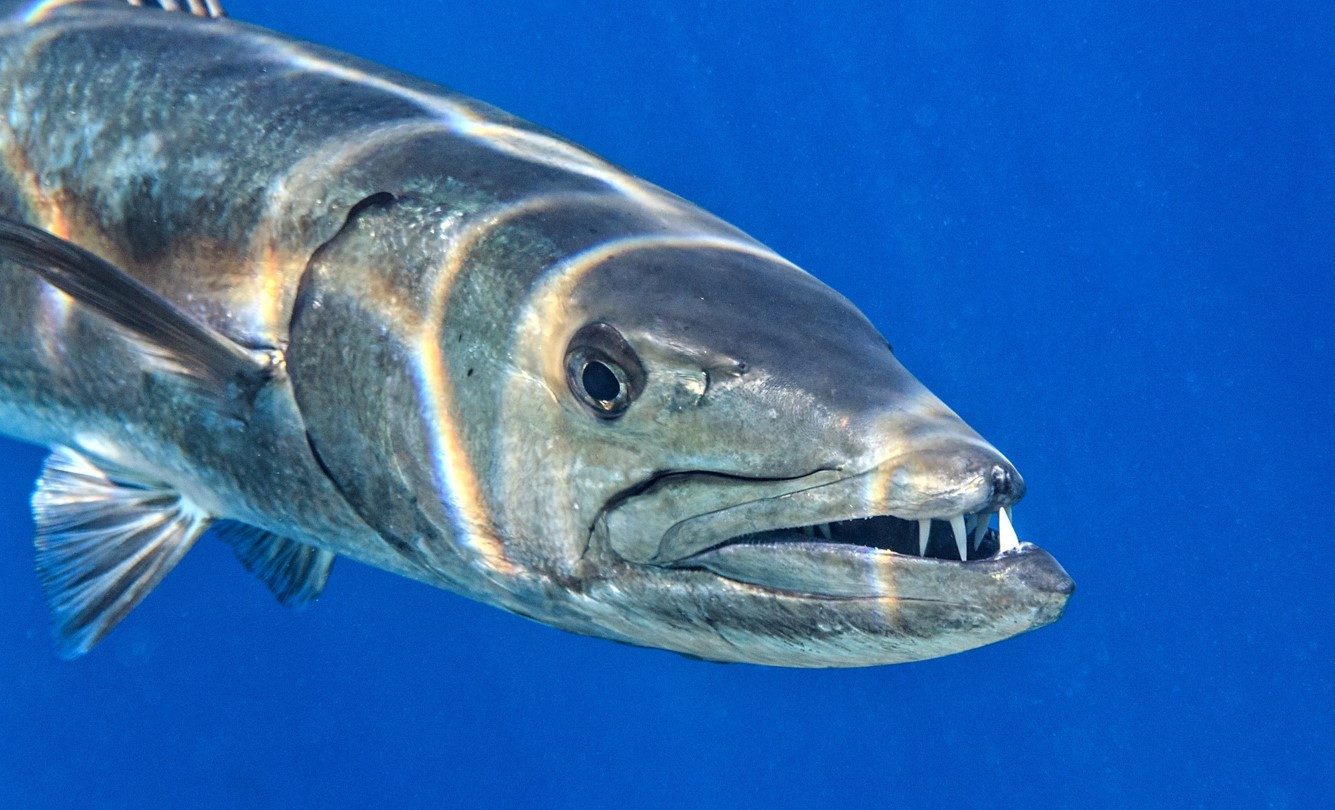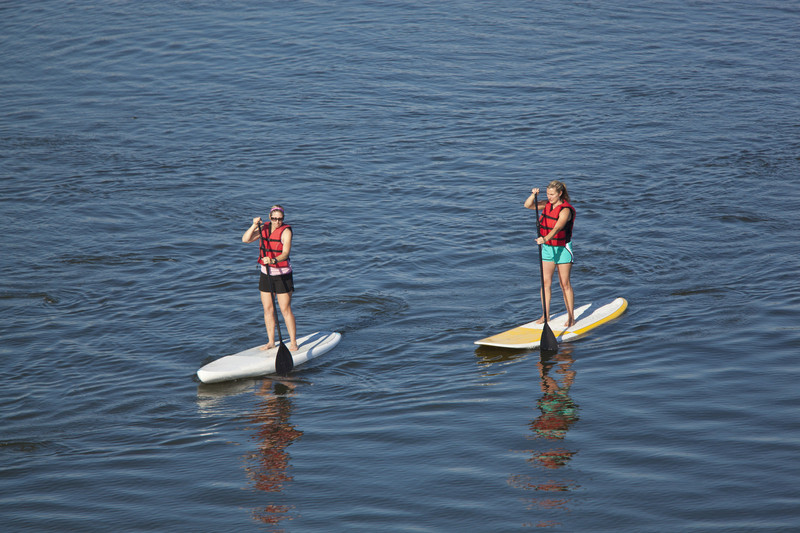Mental Toughness, Sports Psychology, Surfing
Welcome and thanks for visiting...

How to Become More Comfortable with the Ocean

The ocean can be a terrifying place. Even professional surfers, fishermen, and marine biologists admit to feeling frightened at the ocean’s magnitude sometimes. Your fear of these vast bodies of water is common and understandable, but your response to that fear is the irrational part.
You can’t let your fear of the ocean keep you from pursuing your athletic dreams. If you want to participate in water sports like surfing, wakeboarding, windsurfing, and jet skiing, you must address this phobia head-on. These tips will help you grow more comfortable with the ocean and hit the waves with confidence.
Understand What Has You Worried
The first step to overcoming your fear is understanding your fear. What specific parts of the ocean are you afraid of? You need to identify your fear's sources or “triggers” so you can directly combat them. Narrowing down your worries rather than blaming the entire ocean will make the fear more manageable.
Pinpointing your specific fears is a form of cognitive behavioral therapy that will desensitize you to the presence of open water. The best way to overcome a fear of the ocean is by exposing yourself to its various features. Your mind needs to get comfortable with being around that foreign environment. These are the most common fears of first-time surfers and other beginners in water sports.
Deep Water
The biggest fear that people face when taking on the water is the depth. The idea of floating in the ocean can create strong feelings of isolation and helplessness. Swimming in the deep end of a pool is one thing, but the open water is a different beast. Most people prefer to stay near the shoreline where they can touch the bottom.
The best way to deal with this fear is by doing water sports with friends. The presence of capable swimmers will reduce that feeling of isolation and boost your confidence. Deep sea fishing is another productive activity to get more comfortable with being away from the shore.

Big Waves
Another common ocean-related fear is big waves. They’re powerful forces of nature that have injured and killed many athletes. To manage this fear, you should first observe the water’s conditions and determine if the waves are beyond your skill level. If they look too rough, play it safe and go to calmer waters.
The next key to dealing with big waves is to control your breathing. If you start to panic and hyperventilate while trying to navigate the water, you’ll make a bad decision. Being aware of your breathing will also allow you to dive underwater and avoid the crash of a big wave.
Rip Currents
People fear rip currents for the same reasons as big waves — they’re extremely common and impossible to avoid. An average of 71 people drown from rip currents every year. Once again, breathing is the key to managing this fear. You’re going to get caught in a rip current eventually, so you need to stay calm when it happens.
Escaping a rip current is as simple as swimming parallel to the shore. Don’t try to fight the current head-on because that’s a losing battle. Go left or right until the strength of the current lessens, and you can swim back to shore.

Aquatic Animals
Sharks, jellyfish, stingrays, and sea snakes can be dangerous to humans, but the chances of a fatal encounter are extremely low. Most sea creatures are far more afraid of you and will avoid you at all costs. You’re more likely to cut your foot or leg on a rock than you are to fall victim to a jellyfish sting or shark attack.
Besides, encountering wildlife is a risk athletes must accept in any outdoor environment. Hikers don’t let bears and venomous snakes stop them from exploring the mountains, so you shouldn’t let fish stop you from exploring the ocean.
Rocks and Coral Reefs
It’s much more understandable to be afraid of rocks and coral reefs. Many surfers only surf in waters with sandy bottoms to avoid crashing on them. You should follow the same precautionary rule, and study the water’s geography for rocks or reefs before doing any activities. This tip is the perfect transition to the next key step in overcoming your fear of the ocean — research.
Study the Ocean’s Environment
One of the reasons why a fear of the ocean can be so powerful is the unknown aspects of the environment. Oceans are too big for the human mind to comprehend, so you fill the knowledge gaps with wild imaginations. Most people who have swam in the ocean or a deep lake have imagined a large fish hiding below them.
Instead of letting your thoughts run wild, you can study the ocean and learn as much about the environment as possible. Research the aquatic species in your area and keep track of the changing tides. That fear of the unknown will become less stressful as you understand the marine world more.
Develop Your Sea Legs
While doing research is a great way to familiarize yourself with the ocean, you still need to get some real-world experience. Gradually increasing your exposure to the subject is the main idea of cognitive behavioral therapy. You need to develop your sea legs — mentally and physically — if you want to pursue water sports.
Start by getting comfortable on stable surfaces. Fishing boats and jet skis will allow for a greater feeling of safety, but typically at a higher cost due to maintenance and operational expenses. That means you won’t be able to stay on the boat or jet ski forever. You’ll eventually need to do other water activities and broaden your horizons.
Canoeing, kayaking, and paddle boarding are the next activities you should try. Once you get comfortable with these smaller pieces of equipment, swimming in the ocean won’t seem so crazy. In fact, at this point, you might be itching to dive into the water and test your skills.
Add Water Exercises to Your Training Routine
As an athlete, you can simultaneously address your fear of the ocean and improve your fitness level every day. Just add a few water exercises to your training routine. Swimming might be the best exercise overall based on its physical and mental benefits compared to other anaerobic exercises:
- Physical benefits: Puts minimal impact stress on your bones and joints, improves cardiovascular and respiratory health, develops endurance, and builds functional strength.
- Mental benefits: Improves memory, cognitive function, immune response, and mood, potentially helping the brain forge new neural connections.
Another great aquatic exercise is water running, which can improve your speed and aerobic capacity depending on the workout’s structure. Many professional athletes have also used water running to rehabilitate from lower-body injuries and perform routine movements with less stress on their bodies.
The confidence you gain in the swimming pool will translate to other bodies of water. Once you become a strong swimmer, deep water and big waves won’t seem so intimidating. Get as much action in the water as possible.
Spend More Time at the Beach
Last but not least, you need to associate the ocean with something relaxing. If you can stay calm around the water’s edge, you’ll feel more comfortable venturing into deeper waters. Hanging out at the beach will improve your psychological relationship with the ocean. Instead of dreading the water, you’ll grow to love it just like other regular beachgoers.
However, you can’t spend all day lying on the sand — you must get in the water at some point. Take this journey one step at a time. Let the water reach your knees, then your waist, then your chest. Pay attention to the tide and observe how other people navigate the waves. Try boogie boarding or body surfing once you get used to the water’s movements.

Be Patient With Yourself
Patience is the key to dealing with your irrational fear. You might not see results on the first day, week, or month — that’s OK. You must be patient with yourself and allow for slow improvement. The only thing that’s entirely in your control is your actions. Keep doing these exposure exercises daily and let your mind adjust at its own pace.









